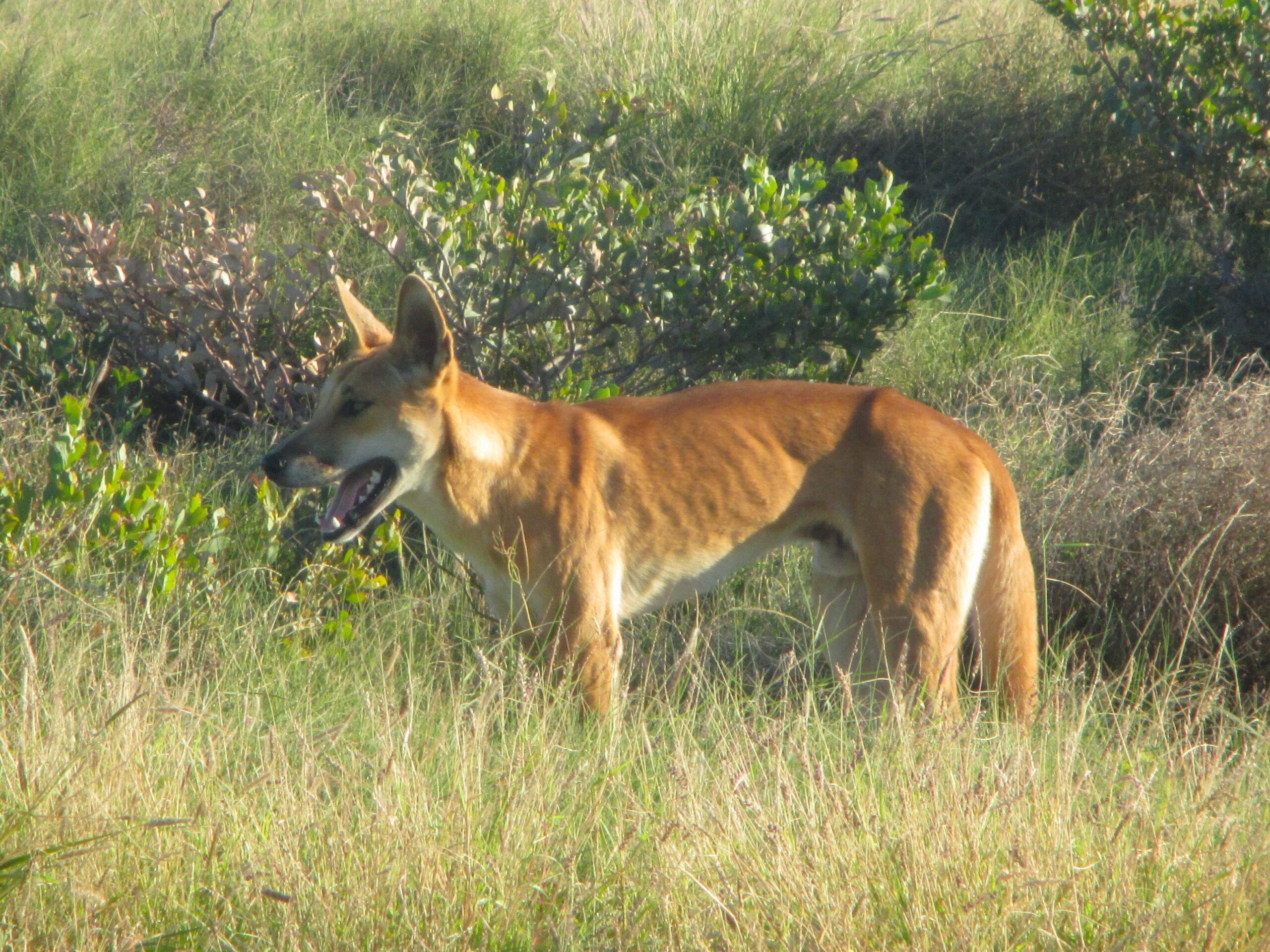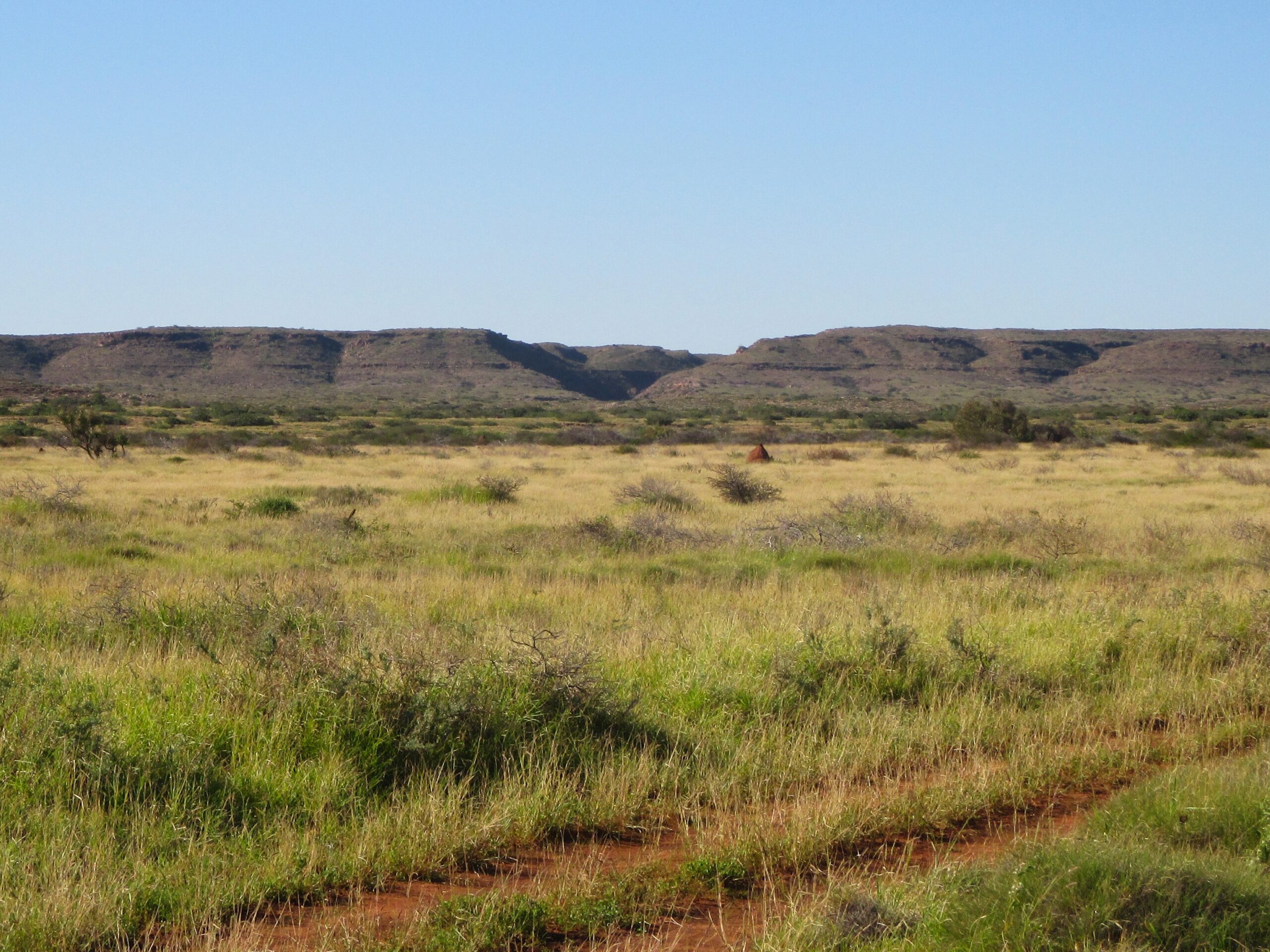Western Australia to the Northern Territory - Part Two
Tough decisions
On long road trips, even when you have weeks to travel, you must be selective on destinations to visit. You might be surprised at how many places you find that tempt you to explore. Western Australia is no exception, but we couldn’t stop everywhere. With that in mind, we had to miss Monkey Mia and Francois Peron National Park.
I wasn’t sad to miss Monkey Mia, due to its questionable practice of feeding dolphins in the shallows to attract hordes of tourists. The thought made me uneasy. Francois Peron looked amazing, however, so that made the decision tougher. Still, we had plenty of places lined up to see, and there’s no point in having regrets.
Around two and a half hours from Kalbarri, a short detour from the highway, are the Stromatolites – deemed the world’s oldest organisms. They are considered living fossils, that rise slightly above the shallow water. I wasn’t entirely sure what I was looking at, but they form interesting structures, and have a mysterious aura.
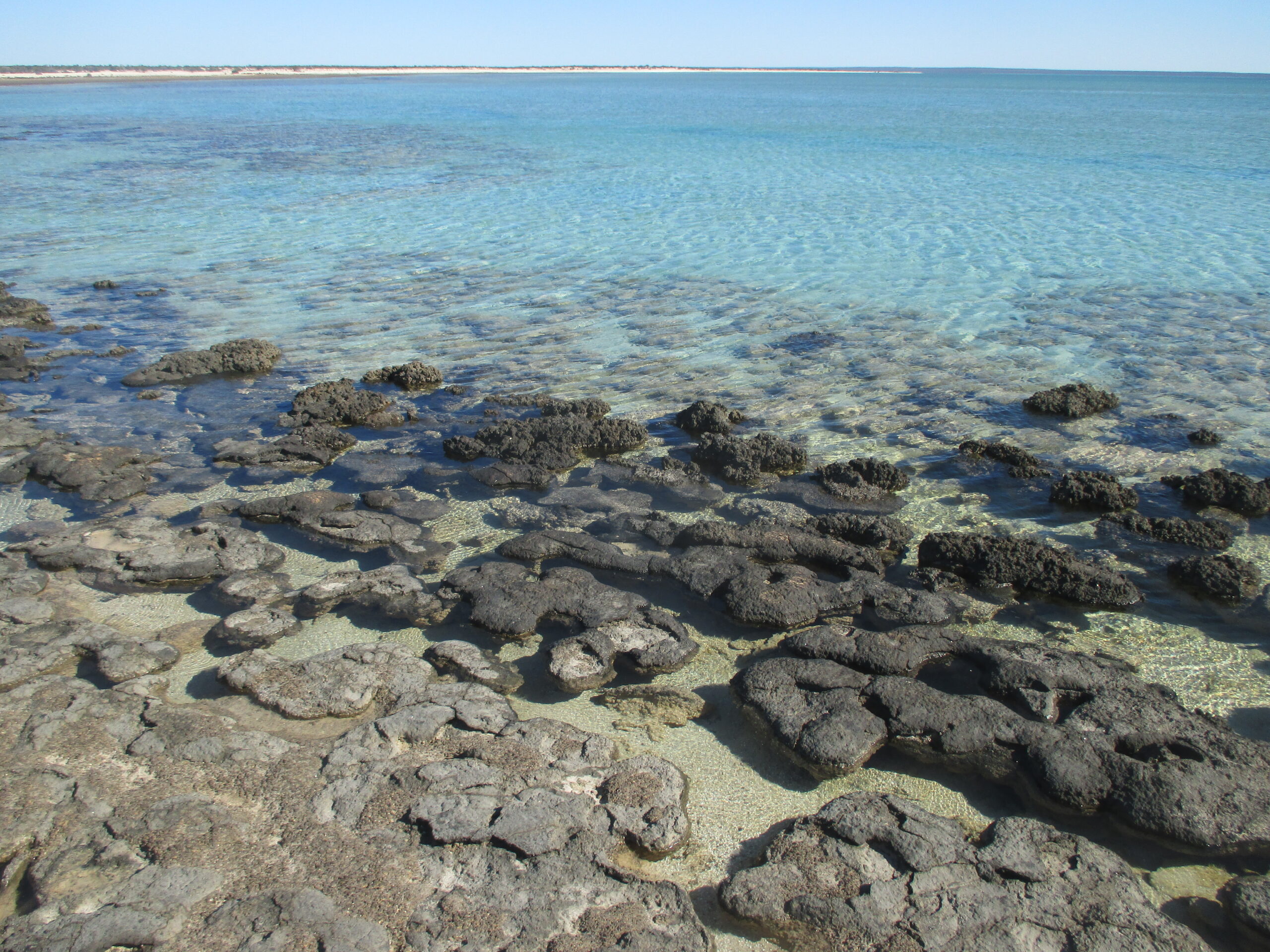
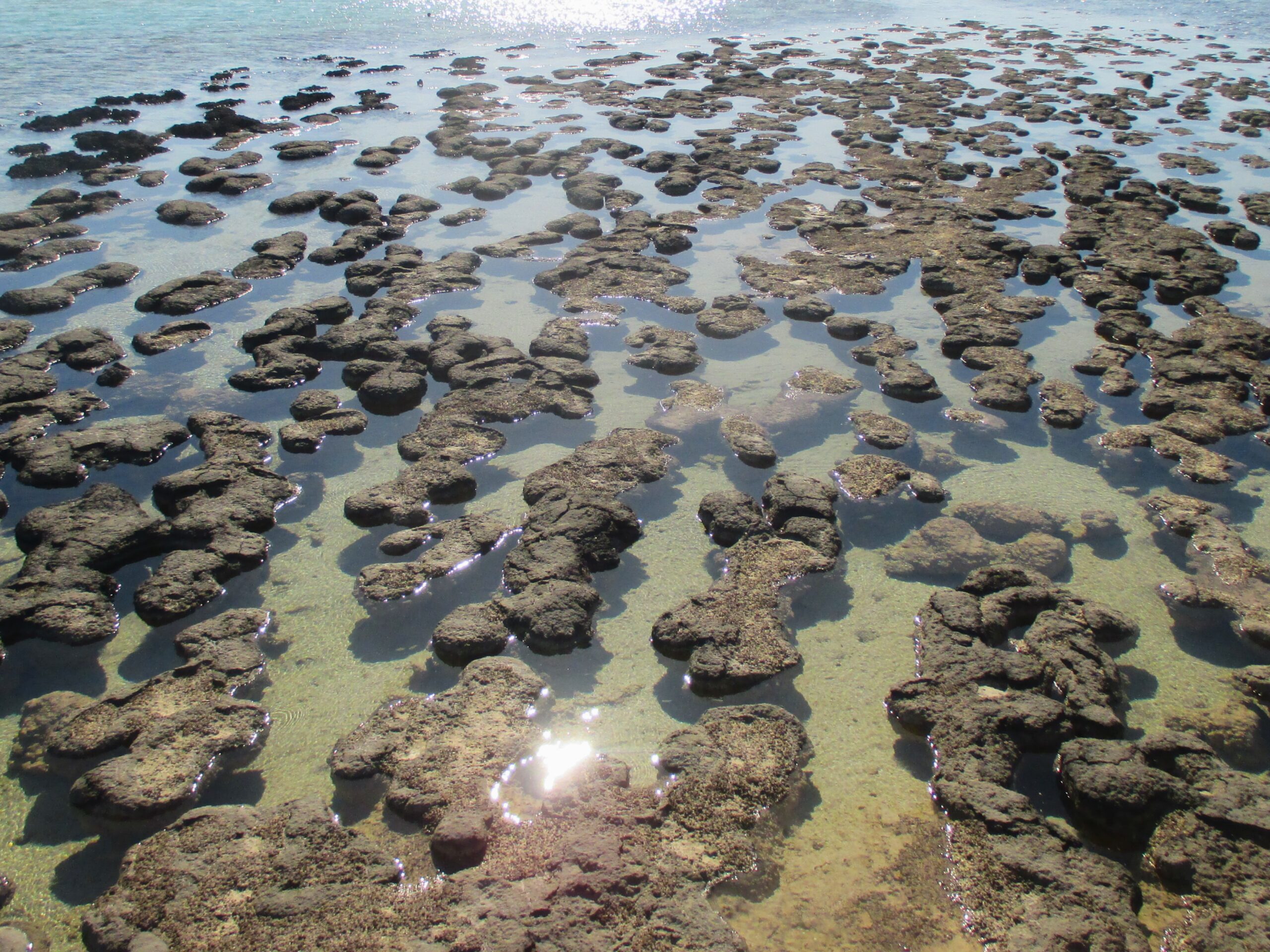
Heating up
It was around here that I noticed the temperature rising during the day. It was early-May, which is late Autumn in Australia, but the north of the country is hot all-year round. It was scorching, and on the exposed coastline, my pale skin started to wane. On a more serious note, we did have to start avoiding the midday sun, as it is unrelenting. On the flip side, the mornings and evenings stayed warm, so there was still plenty of time during the day to be active.
Another challenge when in hotter climates is keeping food. A motionless car acts like a conductor under the sun, spoiling any fresh foods. Even a cool box will be less effective, for less time. There are a few tricks, keeping food covered, and under the seats. If possible, its best to buy food regularly, and if not, to buy cans, tins, along with dry foods such as rice, pasta or cous-cous. Australia is known for its fuel (petrol) stations, that often serve up hot food – cheap, but cheerful.
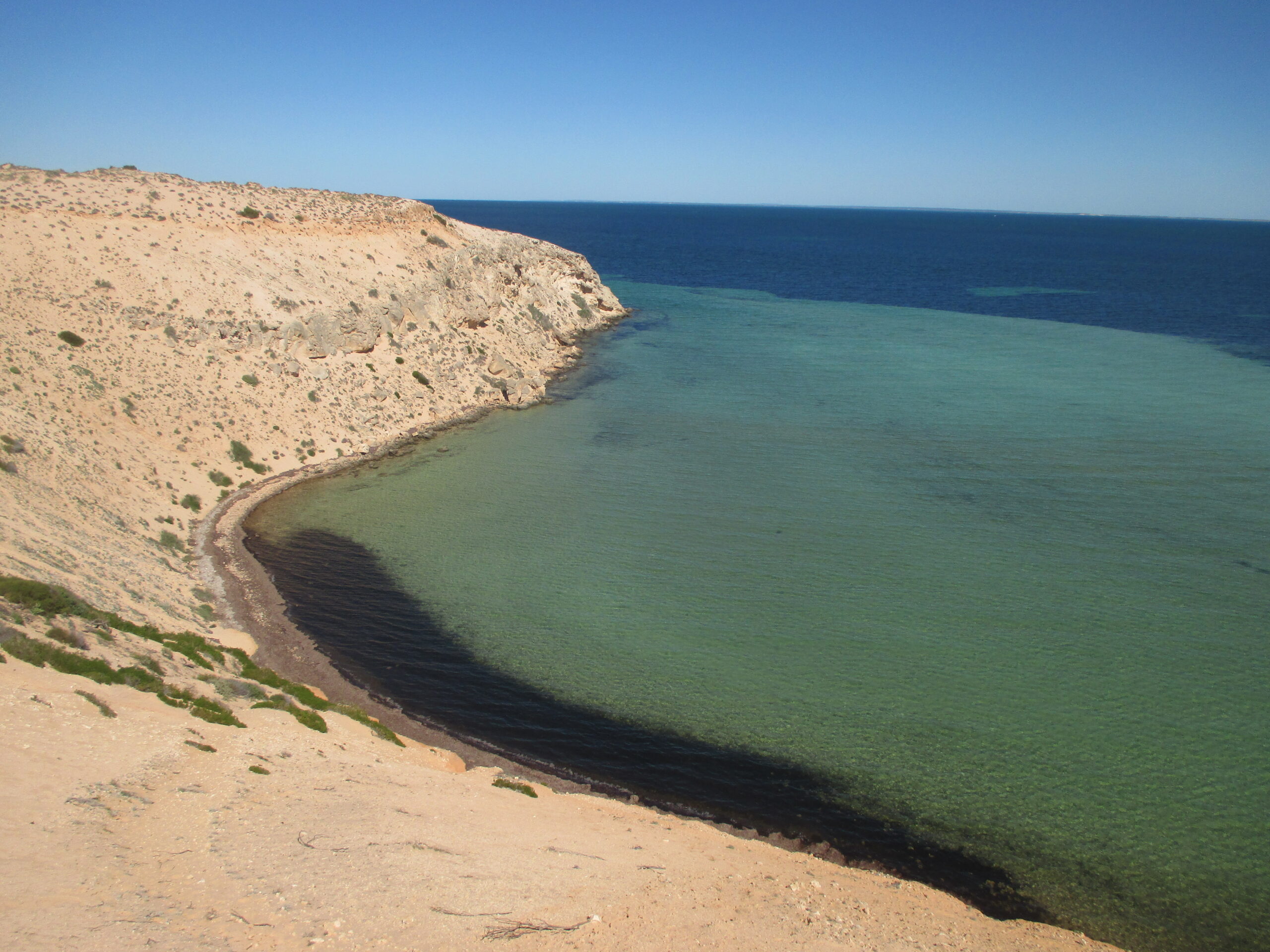
And then there were three
My advert on Gumtree had attracted another traveller, from a Tasmanian, Lucy. She was staying near Carnarvon, a town approximately nine hours’ north of Perth. Katie and I drove to meet her, and stayed two nights by Lucy’s beach shack. We enjoying a day away from the road, including a quick snorkel off the coast. We spotted what we thought were marine mammals just under the water’s surface further out, but we couldn’t make out what they were.
There are plenty of opportunities to see wildlife here, including whale watching and Scuba diving, with a vast array of marine life to see. I didn’t partake in any of these activities, in part due to my limited budget, and my injured shoulder. I had to make do with seeing wildlife from land.
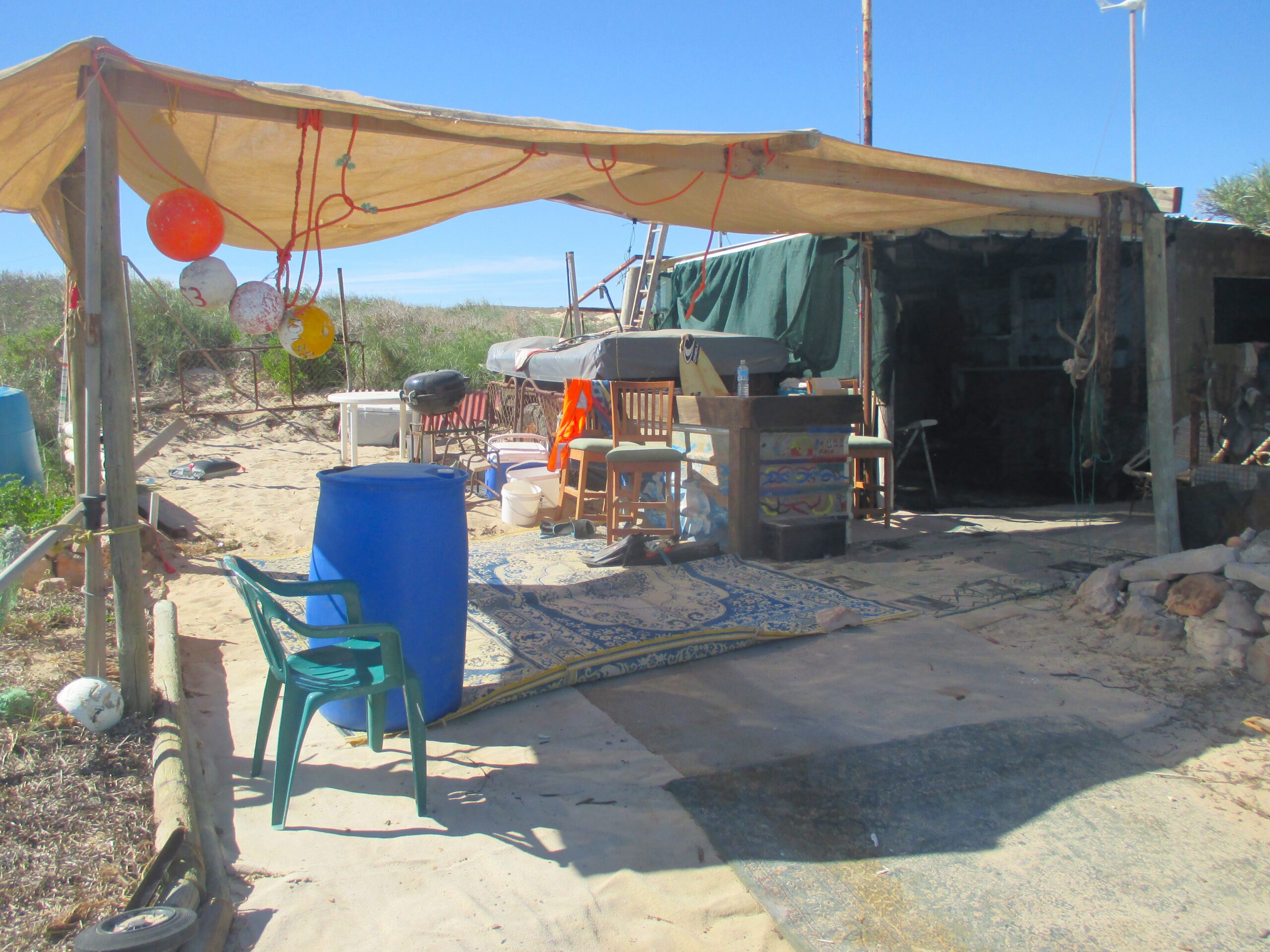
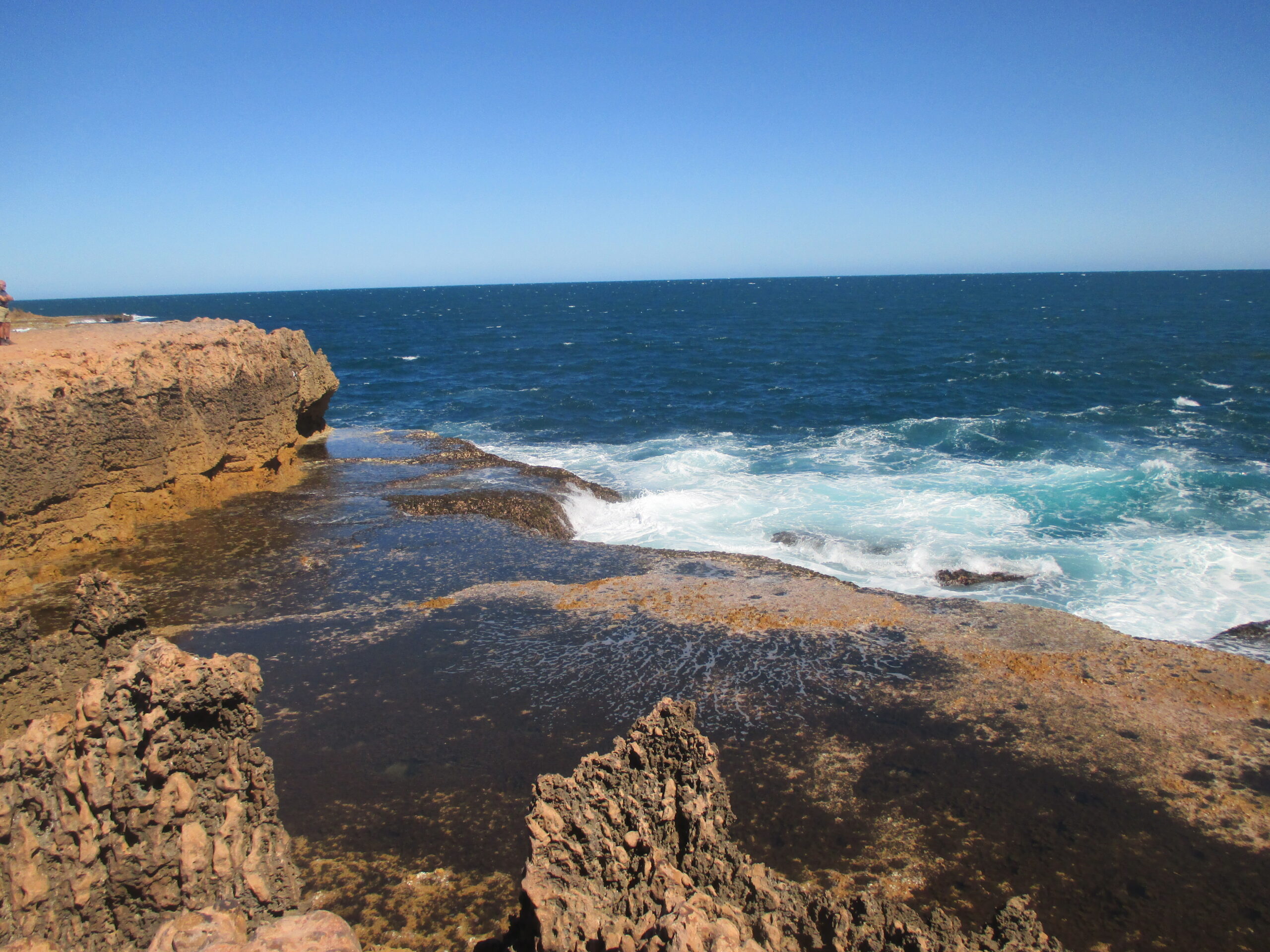
Coral Bay
The three of us went forth to Coral Bay. This is one of the busier spots in remote Western Australia, in part for its wide sandy bays. It’s also a launching point for excursions to the Ningaloo Reef. We enjoyed a stroll across the sand, and even here, we were found a patch of beach completely void of humans. Just us, the sand, and the turquoise sea. The water was calm, and a quick dip was a welcome cool down from the heat.
The final stop on the Western coast was Exmouth – ironically the namesake of my local beach growing up in Devon. We stayed two nights, exploring Cape Range National Park. It is full of Ozzie icons, including kangaroos, wallabies, and emus. We spotted turtles swimming in the surf close to a beach. Then, as we were driving out the park, I had my first sighting of a dingo.
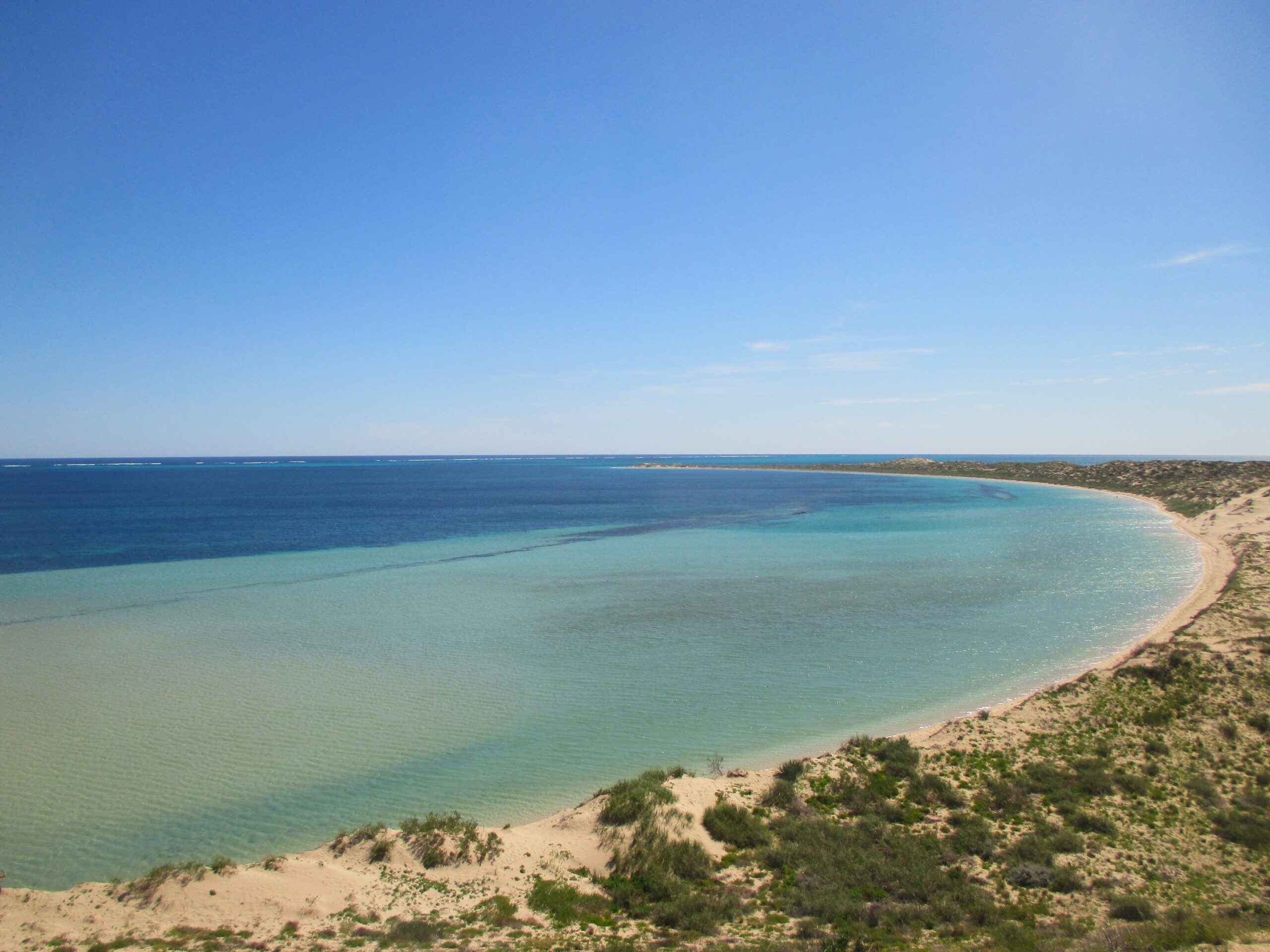
Dingo
We had stumbled on what looked like a dingo’s den walking in Cape Range, a small hole in the ground, with an assortment of bones lying outside. Then, on the road, a car ahead of us was stationary – for they had seen a dingo walking through the bush. It stood calmly, allowing us to observe for a few minutes. It was remarkably well-groomed for a wild animal, especially considering it lives in such a dry environment.
We spent our final night in Exmouth on the city beach, that had publicly available barbecue facilities – a common feature in Australia. I think it encourages the best of the Australian lifestyle: enjoying the outdoors, making the most of the warm climate, with some great food. We slept after sunset, and woke for sunrise, before setting off on a very long drive into a central region of the state and into the outback.
